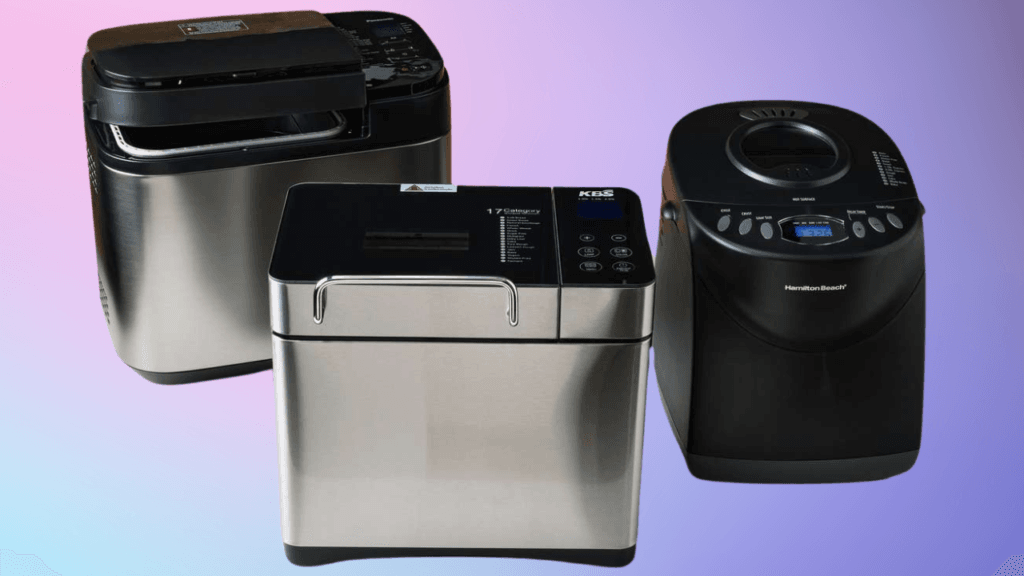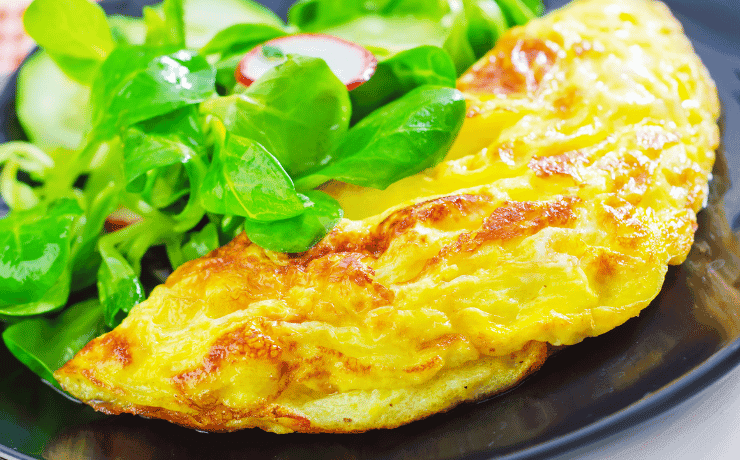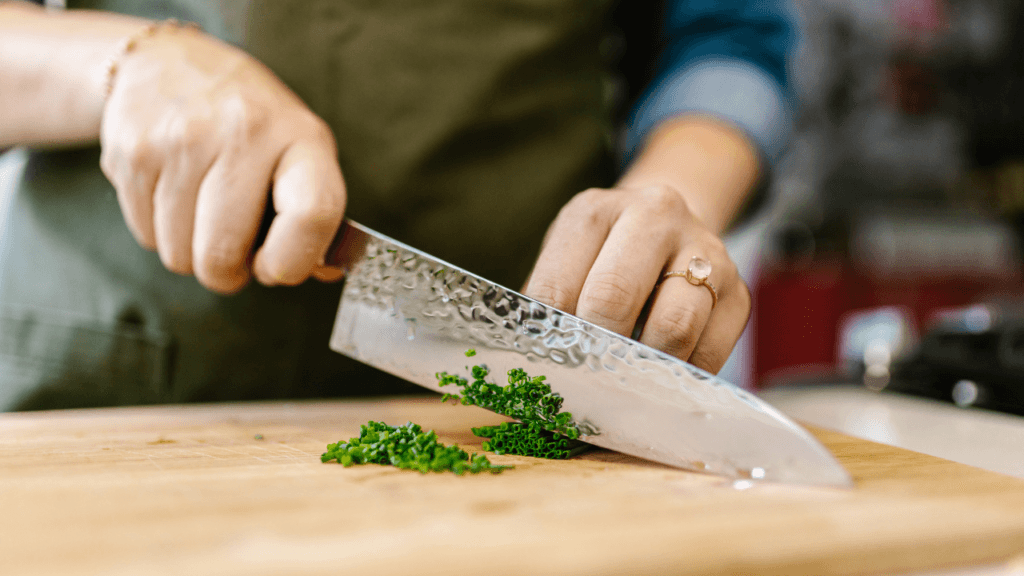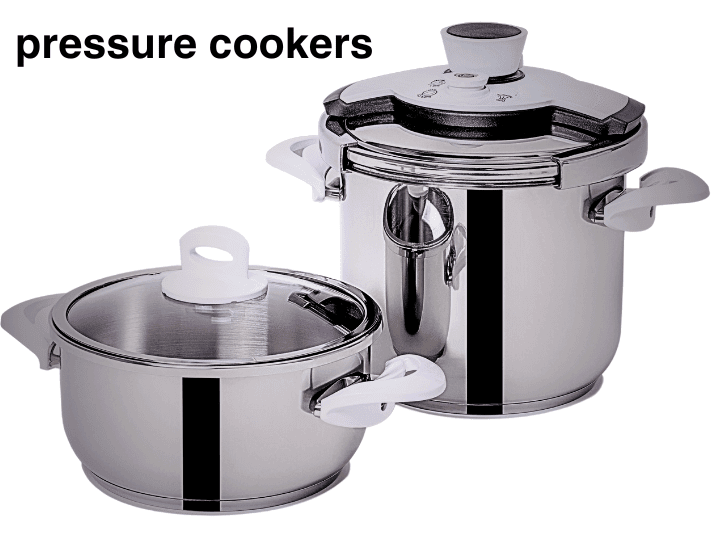Contents
- 1 Purpose of the Guide
- 2 Historical Context
- 3 Types of Bread Maker Machines
- 3.1 Basic Models
- 3.2 Advanced Models
- 3.3 Specialty Bread Makers
- 3.4 Key Features to Consider
- 3.5 Programs and Settings
- 3.6 Dispenser for Nuts and Fruits
- 3.7 Top Bread Maker Machines in 2024
- 3.8 Technical Specifications
- 3.9 Material and Build Quality
- 3.10 Dimensions and Weight
- 3.11 Warranty
- 3.12 Benefits of Using Bread Maker Machines
- 3.13 How to Use a Bread Maker Machine
- 3.14 Common Mistakes to Avoid
Overview of Bread Maker Machines
Bread maker machines have revolutionized the way we bake bread at home. These appliances automate the process of bread making, allowing users to produce fresh, homemade bread with minimal effort. From mixing and kneading the dough to baking it to perfection, bread makers handle it all.
Importance of Bread Makers in Modern Kitchens
In today’s fast-paced world, convenience is key. Bread makers provide the luxury of homemade bread without the time-consuming process traditionally associated with it. They enable families to enjoy fresh, preservative-free bread while controlling the ingredients, which is particularly beneficial for those with dietary restrictions.

Purpose of the Guide
This comprehensive guide aims to help you understand the various aspects of bread maker machines, from their historical development to detailed specifications and benefits. Whether you are a novice baker or a seasoned bread enthusiast, this guide will assist you in choosing the best bread maker for your needs and preferences.
Historical Context
Evolution of Bread Making
Bread making dates back thousands of years, with evidence of early bread found in ancient Egypt. Traditional bread making involves a labor-intensive process of mixing, kneading, rising, and baking. Over centuries, this process has been refined, but it wasn’t until the 20th century that the first electric bread makers appeared, revolutionizing home baking.
Development of Bread Maker Machines
The first bread maker was introduced in Japan in the 1980s by the Matsushita Electric Industrial Co. (now Panasonic). This innovation quickly spread worldwide, with other manufacturers developing their models. Modern bread makers now come with advanced features like multiple baking programs, crust control, and gluten-free settings.
Types of Bread Maker Machines
Basic Models
Basic bread maker models are ideal for beginners. They typically come with essential features such as a few pre-set programs, a single kneading paddle, and a basic timer. These models are cost-effective and straightforward, making them perfect for those new to bread making.
Advanced Models
Advanced bread maker machines offer a range of additional features, including customizable settings, dual kneading paddles, and programmable options for different types of bread. They cater to more experienced users who want greater control over the baking process.
Specialty Bread Makers
Specialty bread makers are designed for specific types of bread, such as gluten-free or artisan loaves. They often include special programs and settings tailored to these unique recipes, providing optimal results for specialized dietary needs or preferences.
Key Features to Consider
Capacity
The capacity of a bread maker refers to the size of the loaf it can produce. Common sizes range from 1 pound to 2.5 pounds. Consider your household size and bread consumption when choosing the right capacity.
Programs and Settings
Modern bread makers come with various programs and settings for different types of bread, dough, and even non-bread items like jam or cake. Look for machines with a wide range of options to maximize versatility.
Crust Control
Crust control settings allow you to choose the desired crust color and texture, from light to dark. This feature is particularly useful for those with specific preferences for crustiness.
Delay Timer
A delay timer lets you set the machine to start baking at a later time, so you can wake up or come home to freshly baked bread. This feature adds convenience to your bread-making routine.
Kneading Paddles
Some bread makers come with dual kneading paddles, which can enhance the kneading process and produce better dough. Detachable paddles also make cleaning easier.
Viewing Window
A viewing window allows you to monitor the progress of your bread without opening the lid and disrupting the baking process. It’s a handy feature for ensuring your bread is baking as expected.
Dispenser for Nuts and Fruits
Automatic dispensers for nuts, fruits, and other add-ins ensure these ingredients are added at the right time during the kneading process. This feature is essential for recipes that include additional ingredients.
Top Bread Maker Machines in 2024
Brand A Model X
Brand A Model X stands out for its advanced features, including a wide range of programs, dual kneading paddles, and an automatic ingredient dispenser. It offers excellent performance and durability, making it a top choice for serious bakers.
Brand B Model Y
Brand B Model Y is known for its user-friendly interface and robust build quality. It includes several customizable settings and a delay timer, providing flexibility for busy schedules. Its reliability and ease of use make it popular among users.
Brand C Model Z
Brand C Model Z excels in delivering consistent results with its precision baking technology. It features a viewing window, multiple crust settings, and a compact design that fits well in any kitchen. This model is ideal for individuals who prioritize both high performance and visual appeal.
Technical Specifications
Power Consumption
Bread makers typically consume between 500 to 800 watts of power. Lower wattage models are more energy-efficient, while higher wattage models may offer faster baking times and better performance.
Material and Build Quality
The build quality of a bread maker is crucial for durability and performance. Stainless steel models are more robust and easier to clean compared to plastic ones. Ensure the machine has a sturdy construction and high-quality materials.
Dimensions and Weight
Consider the dimensions and weight of the bread maker, especially if you have limited kitchen space or plan to move it frequently. Compact models are ideal for smaller kitchens, while larger models may offer more features.
Warranty
A solid warranty reflects the manufacturer’s assurance in the quality and reliability of their product. Look for bread makers with at least a one-year warranty to cover any potential defects or issues.
Benefits of Using Bread Maker Machines
Freshness and Quality of Bread
One of the primary benefits of using a bread maker is the freshness and quality of the bread it produces. Homemade bread is free from preservatives and artificial additives, ensuring a healthier option for your family.
Convenience and Time-Saving
Bread makers automate the entire bread-making process, saving you time and effort. You can simply add the ingredients, set the machine, and let it do the work while you attend to other tasks.
Health Benefits
Homemade bread allows you to control the ingredients, making it possible to create healthier versions of your favorite bread. You can use whole grains, less sugar, and avoid unhealthy fats and preservatives.
Cost-Effectiveness
While the initial investment in a bread maker may seem high, it pays off in the long run. Making bread at home is cheaper than buying specialty loaves from the store, and the machine’s durability ensures it will serve you for years.
How to Use a Bread Maker Machine
Step-by-Step Guide
- Measure Ingredients: Start by measuring the ingredients accurately. Most bread makers come with a recipe book that includes measurements for different types of bread.
- Add Ingredients: Place the ingredients in the bread pan in the order specified by the manufacturer. Usually, liquids go first, followed by dry ingredients, and finally, the yeast.
- Select Program: Choose the appropriate program for the type of bread you are making. Set the crust color and loaf size if your machine has these options.
- Start the Machine: Press the start button to begin the baking process. The machine will handle mixing, kneading, rising, and baking.
- Cool and Remove Bread: Once the bread is done, remove it from the pan and let it cool on a wire rack before slicing.
Common Mistakes to Avoid
Incorrect Measurements: Accurate measurements are crucial for successful bread



